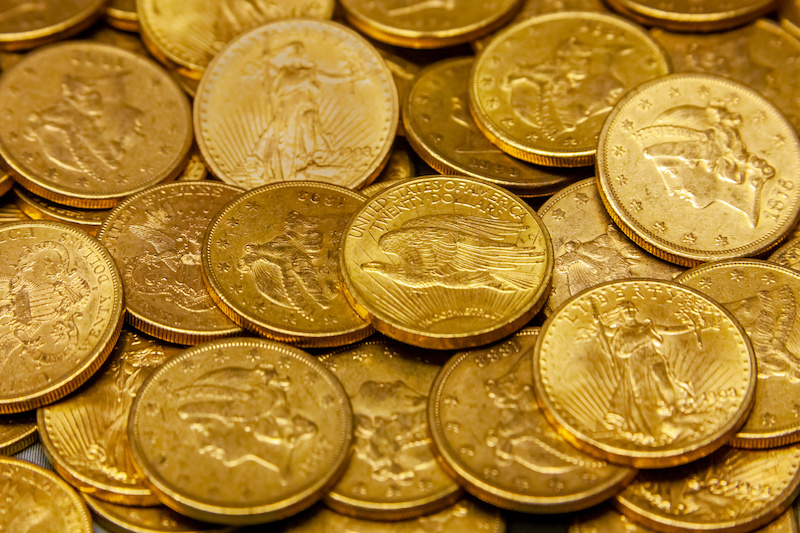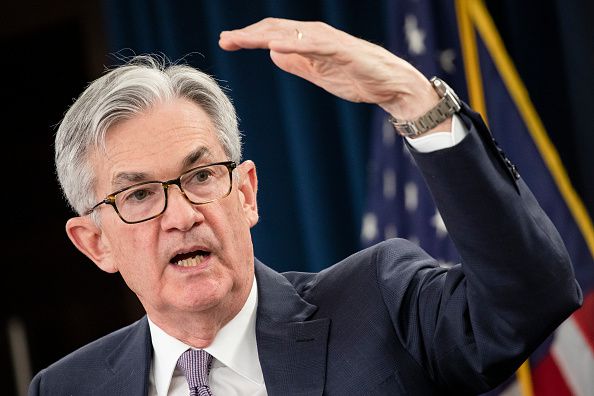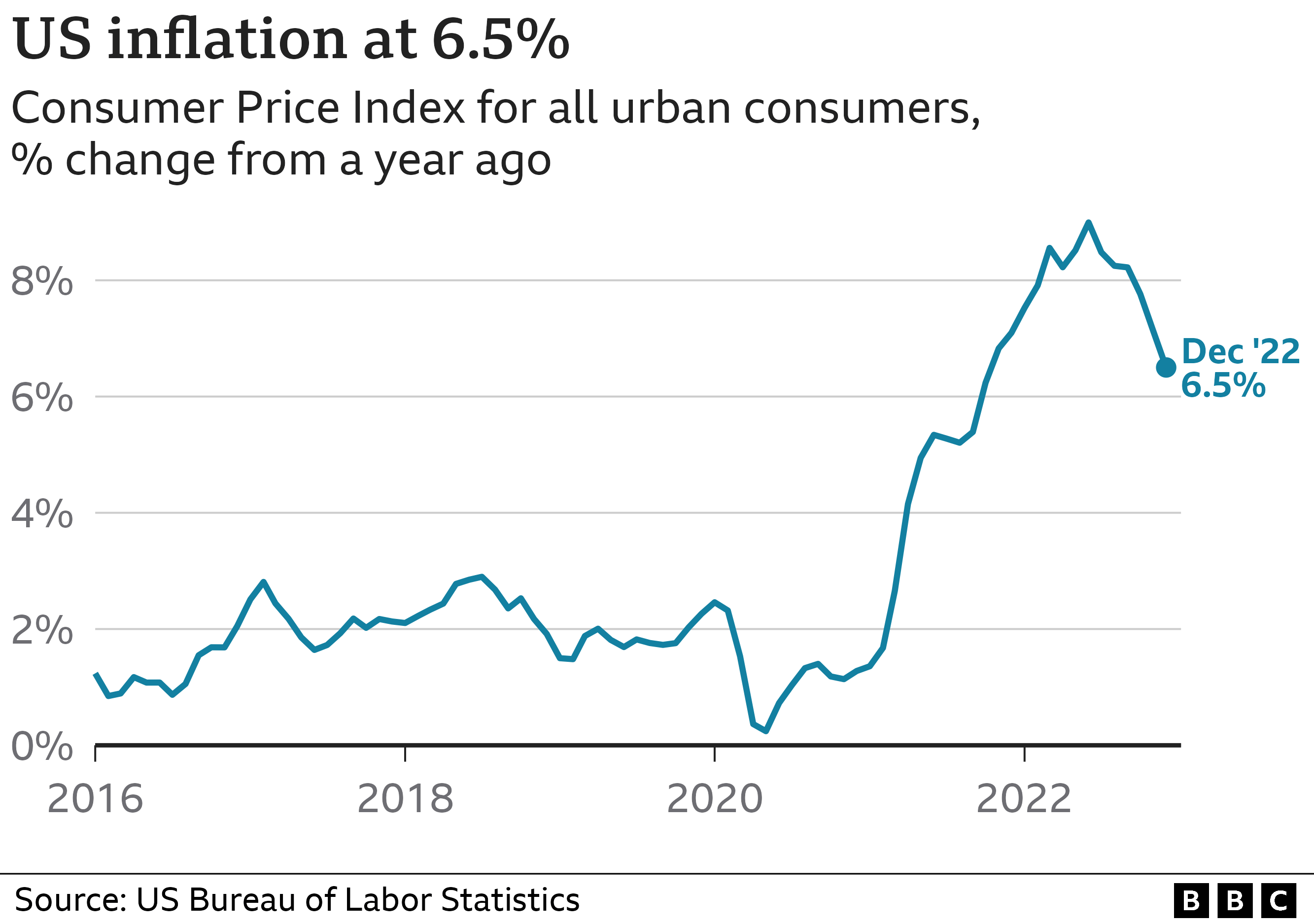Throughout the pandemic, the federal government’s ongoing dictation of seemingly bad policies was an intentional effort to upend the normal everyday lives of millions of people.
As has been pointed out, it is not a conspiracy theory to believe that the central bank intends to control the spending behavior of people using central bank programmable software tokens instead of currency.
The general manager of the banking cartel explicitly announced it to an audience of other central bank leaders during their annual meeting in 2020.
The Bank of International Settlements is an organization owned by its members, the Central Banks of 63 member countries, and acts as a self regulator.
The BIS is creator and establisher of the rules for banks to operate in the global ecosystem of international trade. They also have control over the SWIFT banking network, foreign currency exchange and other major parts of the global economy.
During the group’s annual meeting in 2020, the General Manager of the organization explained to the audience how CBDC will give the central bank absolute control over the rules, regulations and policies that will dictate how money is used down to the transaction level.
During the recorded videoconference he discusses how CDBC technology will be used to force changes in spending behavior amongst consumers and enforce consumer spending policies on behalf of the government.
Last year, Biden signed Executive Order 14067 in order to advance development of CBDCs to skirt push forward without Congressional approval. As usually, there has been a total lack of accountability or transparency.
So far, Federal Reserve and US Treasury have been working in relative secrecy, publishing only a small amount of vague and high-level papers and studies with several quietly announced project trials in conjunction with notable large global banks. Most of the press releases have come during times when other stories were the major focus of the mainstream media, such as the collapse of FTX.
At least one bill has been drafted by Congress in an attempt to prevent the Federal Reserve from weaponizing CBDC against US citizens. However, the rollout of central bank digital currencies is likely to happen soon if and when the Biden administration can attach it to a banking crisis like the failure of Silicon Valley Bank (SVB).
More recent announcements show that the Fed and Biden Admin intend to roll out a CBDC even without the authority of Congress.
In a speech to the Atlantic Council, Treasury undersecretary for domestic finance told the attendees that a CBDC Working Group consisting of policy makers from a variety of agencies is developing an initial set of findings and recommendations to support the Biden administrations agenda.
Make no mistake, the central banks have made it crystal clear that they are coming for your money and will tell you how you can spend it. The move into CBDC in lieu of traditional currency is a political power grab with the goal of having further control of your life.
Nigeria’s Failed Experiment
Initially, the Nigerian government tried several soft approaches to encourage the adoption of CBDC. These included financial incentives such as offering discounts to taxi drivers and passengers to encourage use and adoption. All of which failed.
The government quickly turned to coercive measures once it became clear that the people weren’t interested.
The largest measures include the introduction of a new currency and devaluing the old currency along with adding restriction on cash withdrawals throughout the country. The plan included the issuance of new currency notes, but only enough to cover 85% of the current naira while promoting cashless transactions by limiting the use of cash for businesses.
Beyond banknote swap, the banking regulators placed policy restrictions limiting cash withdrawals from banks and ATMs to reduce the amount of cash in circulation. With limits of $225 on individuals and $1,110 on businesses to force CBDC adoption.
Central Bank of Nigeria Governor Godwin Emefiele said, “The destination, as far as I am concerned, is to achieve a 100% cashless economy in Nigeria.”
The central bank began devaluing in the months before the switch while removing old notes from circulation leaving millions of Nigerians with no money or food.
Nigerians have violently rejected the new digital currency and cash restrictions as protests and riots have broken out outside of banks and spread throughout the country.
The war on cash and some form of crisis will bring on the introduction of CBDCs.
Precious Metals Stacking for CBDC Insurance
Gold and silver are the oldest and most trusted form of money. With all of the uncertainty in the economy, gold is safe haven from fiat and digital currency tokens.
Investing some of your cash in buying physical gold and silver bullion can help keep you in control of your financial future.




